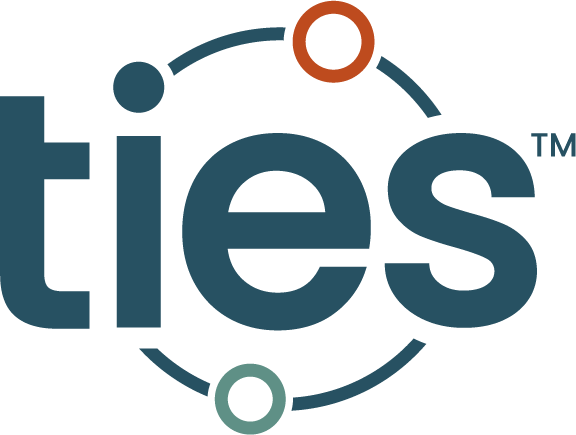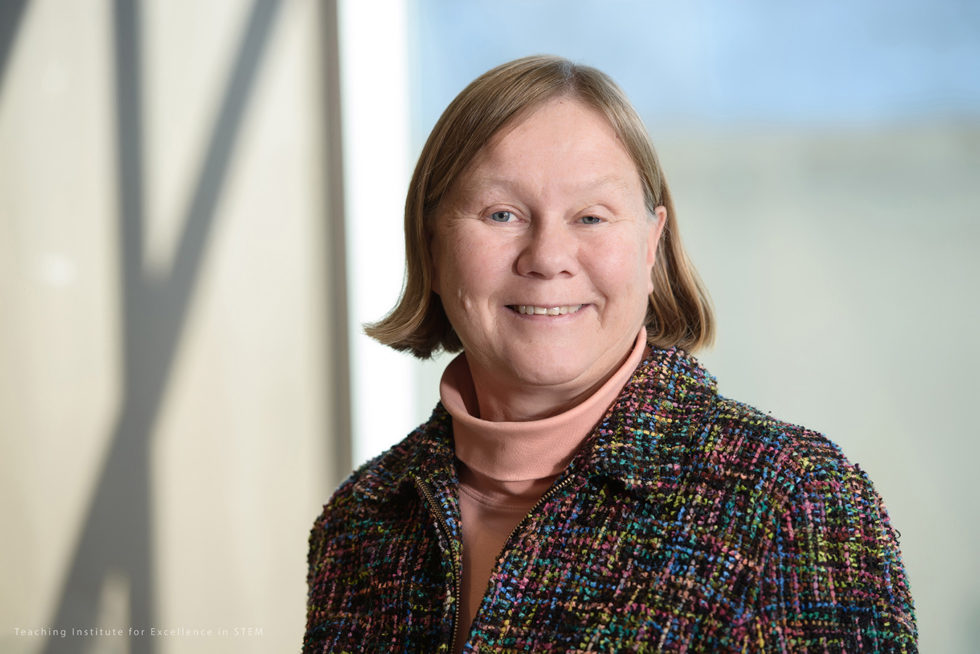Originally posted on Base 11
Toby Bothel is the director of engineering, design and fabrication at TIES, a STEM education consultancy. In that role she helps students develop essential STEM skills for success – some of the very skills she used during her career as a physicist at Naval Surface Warfare Center in Carderock, Maryland. In fact, it was work she did over a summer internship in college that launched her into that career pathway. Bothel has a bachelor’s in physics from Cornell University and a master’s in ocean engineering from George Washington University. Base 11 recently had the opportunity to ask her a few questions.
Q. What drew you to study physics?
A series of things; I had an amazing middle school science teacher. He was a retired electrical engineer and he introduced us to hands-on projects with authentic pieces of technology (e.g., tubes from a television, printed circuit boards, water wave tanks). Also, I had the opportunity to attend a summer astronomy camp at a residential private school about an hour from my house. That experience got me “hooked” on astronomy. So when I was applying to college, I was looking for a place where I could major in physics and minor in astronomy, and Cornell was a good fit.
Q. Why did you choose to join the Navy, and how did you apply your science background to your work there?
I interviewed with the Naval Surface Warfare Center, Carderock Division when I was at Cornell. They invited me to come for an interview and I had chance to see their towing tanks. I realized that the work I would be doing would be much more interesting than at other companies who had offered me a job, so I accept the position of a physicist. My 35 years at Carderock were all as a civilian (in the Civil Service). During my time at Carderock, I was able to be involved in some amazing research, including the development of special instrument called a Laser Doppler Velocimeter (LDV) to measure the velocity of water particles near the ship hull and the propeller. I had developed an LDV system (to measure the flow in an artificial heart) during summer internships that I had while I was in college, and that’s actually how I “got the job” at Carderock.
Q. As a woman in traditionally male dominated fields, what were some of the obstacles you faced, and how did you overcome them?
When I first started work at Carderock there was one (older) scientist who wasn’t sure that women should be working in the towing tank. But I learned that if I was prepared with the right tools during the experiments that he would accept me; and a strong collegial relationship developed over time, until he retired.
Q. Can you share a little about the work you do with TIES?
As the Director of Engineering, Design and Fabrication for TIES, I lead a team of Digital Fabrication consultants to design and install Digital Fabrication Labs and Maker Spaces to support transdisciplinary STEM Learning in schools and school districts. It was through BASE11’s involvement with TIES’ STEM Learning Ecosystem Community of Practice that I had the opportunity to partner with Base11 to facilitate an Innovation Lab Design Studio at UC Irvine and at Moreno Valley College and to design the Innovation Center in Compton, California.
Q. Students are used to spending so much time in a classroom or lecture hall. Can you share why hands-on experience is so important to succeeding in STEM?
Students engaged in hands-on STEM experiences are solving real-world problems using authentic tools to develop, design and create prototype solutions. In the process they are honing their 21st century skills which are crucial for succeeding in the job market. These skills include teamwork, developing creative thought processes, and learning persistence when tackling a problem.
Q. What is design thinking and why is it so critical for students today?
Design thinking provides a framework to solve open-ended problems. Typical steps in the design thinking process include inspiration, empathy, ideation and implementation. Students who are proficient in design thinking become successful scientists, engineers, system engineering and innovators.
To learn more about Base 11 Innovation Centers, visit: https://www.base11.com/solutions/innovation-centers/.

